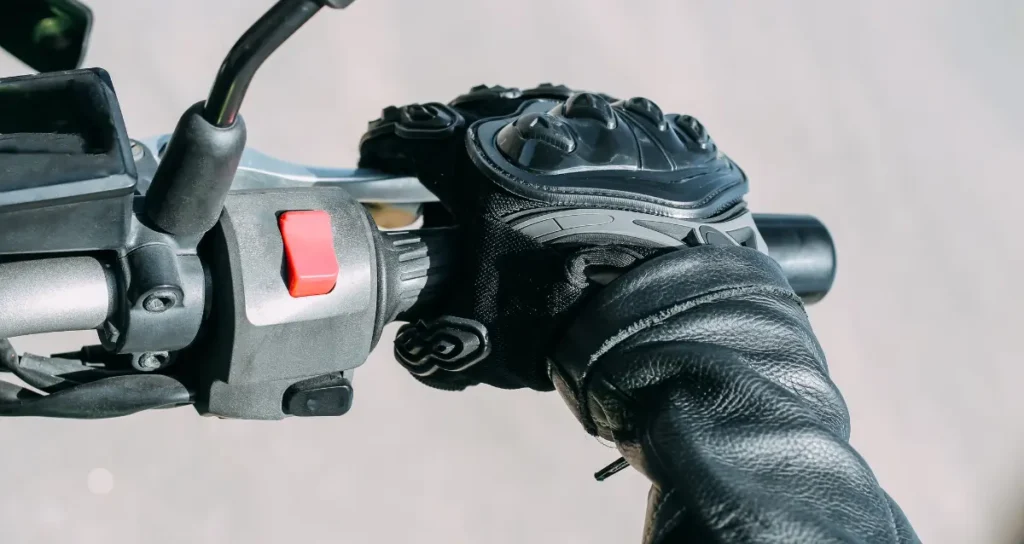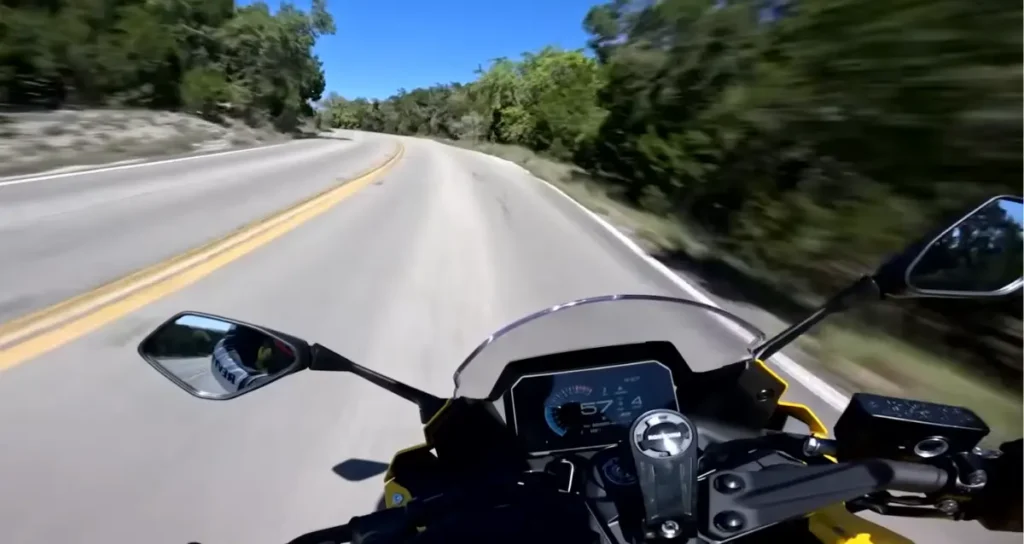Top 7 Beginner Rider Habits to Break
Whether you’re a seasoned rider or just getting started, it’s essential to be aware of the habits that could jeopardize your safety and enjoyment on the road. While some bad habits are merely annoying in daily life, poor motorcycle habits can lead to disastrous consequences. Here are the top seven habits that beginner riders need to break to ensure a safe and enjoyable riding experience.
1. Improper Use of the Rear Brake
One of the most common mistakes beginner riders make is improper use of the rear brake. Some rely too heavily on it, while others forget it even exists. Although the front brake is responsible for 70% of your motorcycle’s stopping power, the rear brake plays a crucial role in maintaining stability and reducing front-end dive during stops.
Riders who only use the rear brake miss out on the additional stopping power from the front brake and risk locking up the back wheel. For new riders, it’s essential to focus on using the front brake, especially in emergency situations, while gradually learning to balance both brakes effectively.

2. Poor Throttle Control
Throttle control is another critical aspect of motorcycle riding that many beginners struggle with. Poor throttle control can lead to choppy and imprecise movements, particularly at low speeds or in stop-and-go traffic. While extreme cases like “whiskey throttling” are rare, choppy throttle use is more common and can make riding uncomfortable and unsafe.
New riders should practice in controlled environments to familiarize themselves with their motorcycle’s throttle response. Mastering throttle control is also closely linked with clutch use, making it vital to get comfortable with both as soon as possible.

3. Inadequate Clutch Use
The clutch is a vital component in controlling your motorcycle, especially during slow-speed maneuvers and gear shifts. However, many beginners struggle with clutch control, leading to rough shifts, unnecessary wear on the transmission, and difficulty in low-speed situations.
Common clutch-related mistakes include not mastering the friction zone, leaving the clutch partially engaged, and coasting with the clutch pulled in. To avoid these issues, new riders should focus on fully engaging the clutch when shifting and practicing clutch control in low-speed scenarios.

4. Target Fixation
Target fixation is a dangerous habit where a rider fixates on an obstacle they’re trying to avoid and unintentionally steers right toward it. This can happen when navigating turns, avoiding potholes, or dodging other hazards on the road. The key to overcoming target fixation is to always look where you want to go, not at the obstacle you’re trying to avoid.
Breaking this habit requires practice and awareness, especially in challenging situations. By consciously directing your gaze to the intended path, you can reduce the risk of accidents caused by target fixation.

5. Misunderstanding Counter Steering
Many beginner riders fail to grasp the concept of counter steering, which is essential for turning at higher speeds. At low speeds, turning the handlebars moves the bike in the expected direction. However, at higher speeds, the physics of motorcycle dynamics require counter steering—pushing the handlebars in the opposite direction of the turn to initiate lean.
Understanding and practicing counter steering is crucial for improving your bike’s maneuverability and ensuring safe and controlled turns at speed. While it may take some time to master, counter steering becomes second nature with experience.

6. Overreliance on Rider Aids
Modern motorcycles come equipped with advanced safety features like ABS, traction control, and adjustable ride modes. While these technologies are designed to enhance safety, they can also lead to overreliance, especially among beginner riders.
Rider aids are not a substitute for fundamental riding skills. New riders should focus on mastering throttle control, braking techniques, and other essential skills without relying too heavily on electronic aids. This ensures that you can handle your motorcycle confidently, even without the assistance of rider aids.

7. Riding Without Proper Gear
Last but not least, riding without proper gear is a dangerous habit that many beginners fall into. Whether it’s to save money or to look cool, some riders skimp on essential protective gear, thinking they can get by with just a helmet and gloves.
The reality is that no matter how short the ride or how low the speed, there’s always a risk of an accident. Wearing proper gear, including a DOT-certified helmet, motorcycle boots, gloves, a jacket, and riding pants, is critical for reducing the risk of severe injury. Fortunately, there are plenty of stylish, comfortable, and affordable options available that don’t compromise on safety.

Conclusion
Breaking these seven bad habits is crucial for beginner riders who want to enjoy a safe and fulfilling motorcycling experience. By focusing on proper brake usage, throttle and clutch control, avoiding target fixation, understanding counter steering, not over-relying on rider aids, and always wearing proper gear, you’ll set yourself up for success on the road.
Remember, good habits not only make riding more enjoyable but also significantly reduce the risks associated with motorcycling. Stay safe out there, and happy riding!
FURTHER READING







